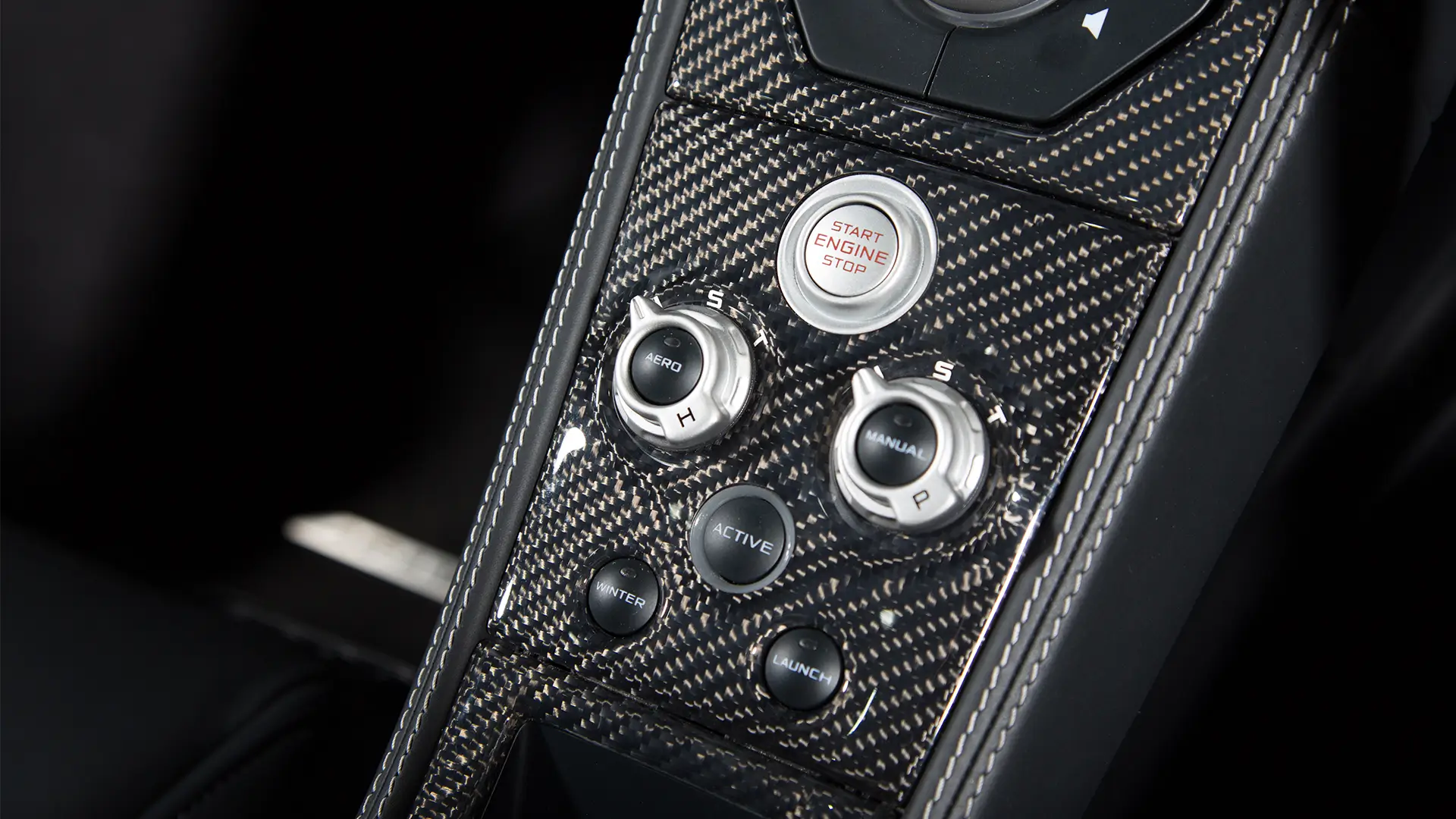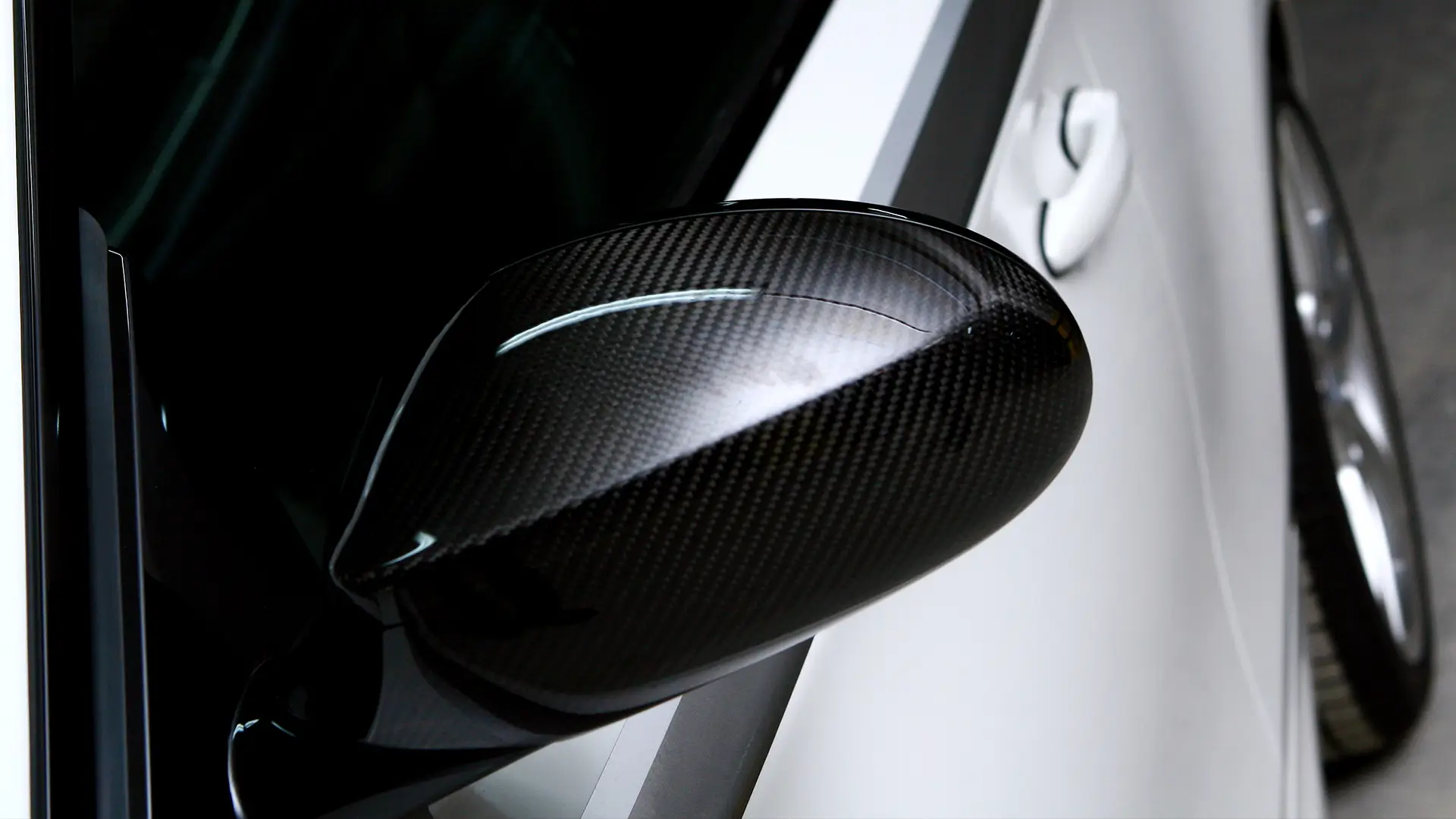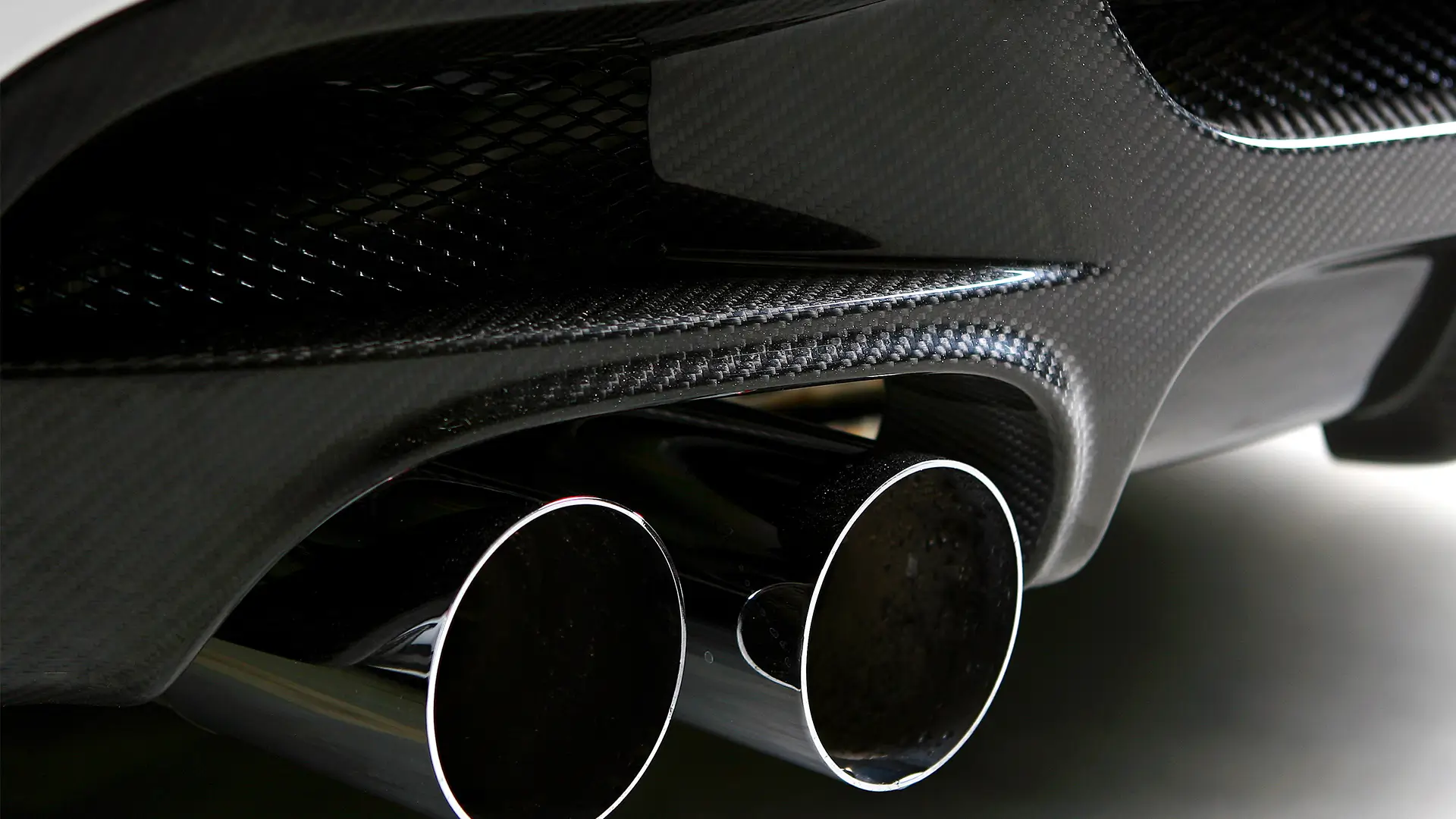Why Choose Carbon Fiber?
Carbon fiber is a composite material known for its incredible strength-to-weight ratio. It’s highly resistant to corrosion, has excellent stiffness, and provides superior heat tolerance. These properties make it ideal for various applications, including:
- Automotive: Lightweight body panels, interiors, and structural components.
- Sports Equipment: Bicycles, tennis rackets, and golf clubs.
- Aerospace: Aircraft parts and satellite components.
- Industrial Applications: High-performance machine parts.
Materials and Tools Needed
Before starting, you need to gather the required materials and tools. Here’s a checklist:
Materials:
- Carbon fiber fabric
- Epoxy resin and hardener
- Release agent
- Mold material (e.g., fiberglass, wood, or aluminum)
- Peel-ply fabric (optional)
- Vacuum bagging film and tape
Tools:
- Brushes and rollers
- Gloves and protective gear
- Cutting tools (sharp scissors or a rotary cutter)
- Vacuum pump and hoses (if vacuum bagging)
- Heat gun or oven (for curing)
- Sandpaper and finishing tools
Step-by-Step Process to Make Custom Carbon Fiber Parts
1. Design Your Part
Start by sketching your part or creating a CAD design. A detailed design ensures precise shaping and material use. Consider factors like:
- Dimensions
- Curves and angles
- Load-bearing requirements
2. Create the Mold
The mold determines the shape of your final product. Use materials like fiberglass, wood, or aluminum to build it. Follow these steps:
- Sand and smooth the surface.
- Apply a release agent to prevent the carbon fiber from sticking to the mold.
3. Cut the Carbon Fiber Fabric
Use sharp scissors or a rotary cutter to cut the carbon fiber fabric to size. Ensure the weave pattern aligns as required for strength and aesthetics.
4. Layup Process
The layup process involves layering the carbon fiber and resin. Here’s how:
- Place the first layer of carbon fiber fabric on the mold.
- Apply epoxy resin evenly using a brush or roller.
- Repeat for additional layers to achieve desired thickness.
5. Vacuum Bagging (Optional)
Vacuum bagging removes air bubbles and ensures uniform resin distribution. Steps include:
- Cover the layup with peel-ply fabric and vacuum bagging film.
- Seal the edges with vacuum tape.
- Use a vacuum pump to remove air.
6. Cure the Part
Curing solidifies the epoxy resin. You can use a heat gun, oven, or let it cure at room temperature, depending on the resin’s specifications. Follow the manufacturer’s instructions for best results.
7. Trim and Finish
After curing:
- Remove the part from the mold carefully.
- Trim excess material using cutting tools.
- Sand edges for a smooth finish.
8. Polish and Protect
Apply a clear coat or polish for added protection and a glossy finish. This step also enhances the carbon fiber’s visual appeal.
Tips for Success
- Practice on Small Projects: Before tackling large parts, gain experience by working on smaller pieces.
- Prioritize Safety: Wear gloves, masks, and protective eyewear to handle resins and carbon fibers safely.
- Invest in Quality Materials: High-quality carbon fiber and epoxy resin result in better performance and aesthetics.
- Maintain a Clean Workspace: A dust-free environment ensures better curing and minimizes imperfections.
Common Applications of Custom Carbon Fiber Parts
Custom carbon fiber parts have diverse applications, including:
- Automotive: Custom spoilers, hoods, and interior trim.
- Aerospace: Prototype components and structural reinforcements.
- Medical Devices: Lightweight prosthetics and mobility aids.
- Sports Equipment: Bespoke bicycle frames and performance gear.
Frequently Asked Questions
1. How expensive is it to make custom carbon fiber parts?
The cost depends on the size, complexity, and materials used. While initial setup can be costly, DIY projects are often more affordable than purchasing pre-made parts.
2. Can I reuse molds?
Yes, molds can be reused if they’re durable and well-maintained.
3. How long does curing take?
Curing time varies depending on the epoxy resin’s specifications, ranging from several hours to a full day.
4. Is carbon fiber environmentally friendly?
Carbon fiber production is energy-intensive, but its long lifespan and performance benefits can offset its environmental impact.
Conclusion
Making custom carbon fiber parts is a rewarding process that combines creativity and technical skill. By following the steps outlined in this guide, you can create high-quality, durable, and visually appealing components for various applications. Start small, invest in quality materials, and continuously refine your techniques to achieve exceptional results.


